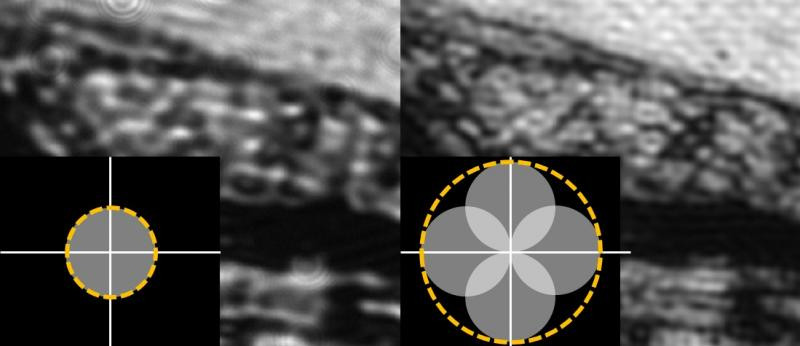A critical factor that physically limits the optical resolution of microscopy is diffraction. Unfortunately, many biologically relevant structures are at sizes beyond the spatial frequency support of this diffraction limit and are thus physically unobservable using conventional optical techniques. This has prompted many attempts to surpass this limit to achieve sub-diffraction imaging resolution. These efforts, resulting in techniques such as SIM, STED, and STORM, have found tremendous success in fluorescent imaging. However, sub-diffraction resolution for non-fluorescent samples, a class of samples that are also biologically relevant, is a relatively unaddressed topic that is focused on. Specifically, novel extensions of structured illumination microscopy (SIM) are explored that borrow concepts from synthetic aperture to allow sub-diffraction resolution in scattering and transparent samples via intensity-based and quantitative-phase contrast.
